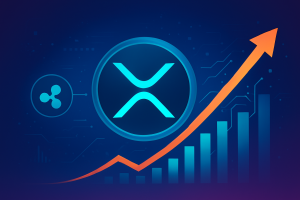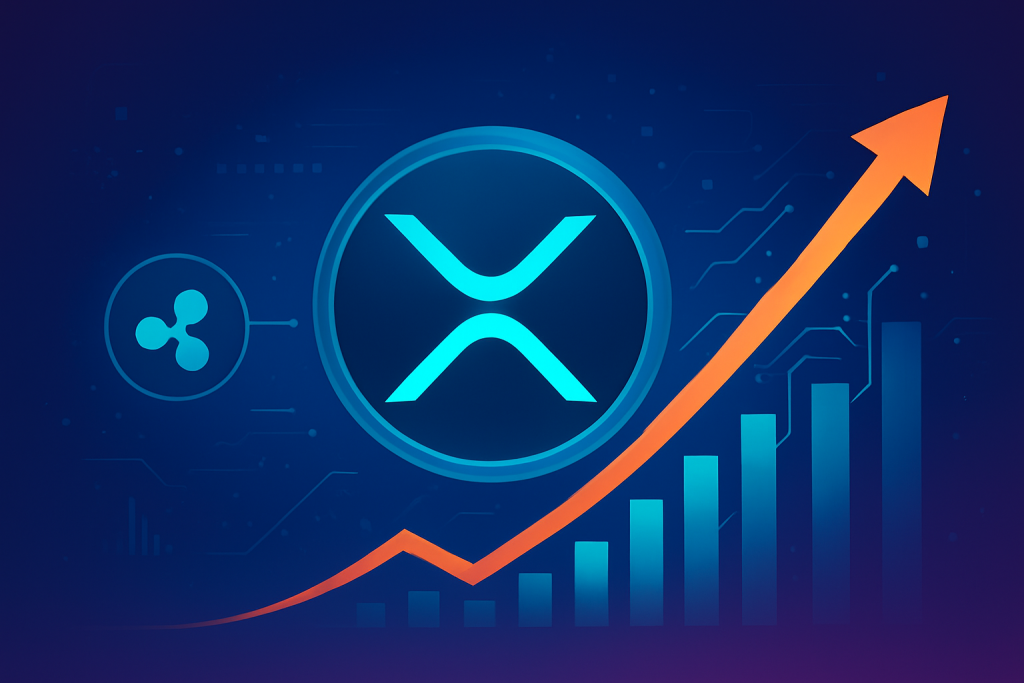Forbes has radically revised its stance on XRP and Ripple, describing the company as “almost unrecognizable” compared to the version it profiled in early 2024.
At that time, Forbes ranked Ripple among the “zombie blockchains” — billion-dollar projects with seemingly little real-world use. Today, however, the outlet calls Ripple’s transformation a “$180 billion reinvention,” driven by strategic acquisitions, regulatory breakthroughs, and renewed institutional interest in XRP.
Over the past year, XRP’s price surged by 366%, lifting its market capitalization above $150 billion. What’s more, Forbes emphasizes that this growth is not purely speculative, but increasingly tied to corporate adoption and treasury use cases.
Institutional Adoption Takes Shape
According to Forbes, several firms — including Evernorth — have started integrating XRP into their treasury operations, something that would have seemed impossible when Ripple was still battling regulatory pressure from the SEC.
Ripple Emerges from SEC Shadow
Ripple’s five-year standoff with the U.S. Securities and Exchange Commission (SEC) concluded with a $125 million settlement, lifting the regulatory cloud that had constrained the company for years. Freed from that uncertainty, Ripple has embarked on an aggressive acquisition campaign aimed at reshaping its role in the crypto-financial landscape:
- GTreasury – $1 billion
- Hidden Road (now Ripple Prime) – $1.25 billion
- Rail – $200 million
- Metaco – $250 million
- Standard Custody – undisclosed
These deals have expanded Ripple’s reach into treasury management, custody, and prime brokerage — sectors traditionally dominated by Coinbase and Circle.
A Shift in Leadership, Strategy, and Perception
Forbes now portrays Ripple not as a struggling payment token issuer, but as a consolidated financial services powerhouse.
Industry observers such as Joe Naggar note that Ripple is displaying greater financial discipline, leadership cohesion, and strategic coordination across its growing portfolio.
Some analysts even compare Ripple more to major crypto-financial institutions than to traditional blockchain projects. They argue that Ripple’s longstanding technology could become the backbone of a fully integrated institutional ecosystem, if it successfully unites its recent acquisitions.
Can Ripple’s Expansion Boost XRP?
Despite these developments, the XRP Ledger still trails top blockchains in developer activity and application usage. Forbes suggests that Ripple’s biggest challenge lies ahead: creating synergy between its expanding businesses and the XRP ecosystem itself.
If successful, Ripple could finally demonstrate that its rapid expansion strengthens — rather than fragments — its technological foundation.
Even its critics now concede that Ripple has become a different kind of company: larger, bolder, and behaving like the multi-billion-dollar enterprise it has long aspired to be.

